Introduction:
Death Valley National Park, a land of extremes, has a striking contrast of weather patterns across its vast desert landscape. From scorching heat to mild winters, the park offers a unique experience for visitors throughout the year. This comprehensive guide will help you navigate the park’s weather conditions and prepare you for an unforgettable journey. Dive into each season’s intricacies, including temperature, precipitation, activities, camping, wildlife, and more.
Spring Weather in Death Valley National Park
Spring is the most popular time to visit Death Valley National Park due to the moderate temperatures and a burst of vibrant wildflowers. Daytime temperatures during this season range from 70 to 90°F, with cool evenings dipping to the 40s and 50s.
Precipitation is low, with an average of 0.3 inches per month, but enough to encourage the growth of beautiful wildflowers. These blooms, however, are highly dependent on rainfall patterns and can vary each year.
Camping during spring is delightful, with pleasant temperatures and clear skies making it a great time for stargazing. Furnace Creek, Sunset, and Texas Springs campgrounds are popular choices.
Spring also brings a variety of outdoor activities. Hiking and sightseeing are popular, with trails such as Badwater Salt Flat, Golden Canyon, and Zabriskie Point being must-sees. Photography enthusiasts flock to the park to capture its stunning landscapes and colorful wildflowers.
Wildlife sightings during spring include bighorn sheep, roadrunners, and jackrabbits. Additionally, migratory birds pass through, providing excellent birdwatching opportunities.
Summer Weather in Death Valley National Park
Summers in Death Valley National Park are notoriously hot and dry, with average temperatures soaring over 110°F and occasionally exceeding 120°F. Overnight lows provide some relief but remain warm, typically in the 80s and 90s. Extreme heat often triggers heat warnings and advisories, making it crucial to stay hydrated and take necessary precautions.
Rain is scarce during the summer, with an average monthly rainfall of less than 0.2 inches. However, occasional thunderstorms can bring sudden downpours, flash floods, and hazardous conditions.
Despite the challenging heat, some visitors still venture into the park for summer adventures. Popular activities include exploring the Mesquite Flat Sand Dunes, visiting the Devil’s Golf Course, and watching the sunset from Dante’s View.
Camping during the summer is possible but requires preparation and adaptation to the heat. Higher elevation campgrounds, such as Wildrose and Mahogany Flat, offer cooler temperatures and can be a more comfortable option.
The intense summer heat limits wildlife activity to early mornings and late evenings. You may spot nocturnal creatures such as kangaroo rats, kit foxes, and owls.
Fall Weather in Death Valley National Park
Fall brings a reprieve from the summer heat, with daytime temperatures ranging from the high 80s to the low 100s in September and October, and dropping to the 70s and 80s in November. Nights are cool and comfortable, with lows typically in the 50s and 60s.
Rainfall remains low in the fall, averaging around 0.2 inches per month. The arid conditions create a stunning contrast between the dry desert and the colorful foliage of the park’s few trees and shrubs.
Outdoor activities in the fall include hiking, photography, and exploring the park’s various attractions. Noteworthy trails are Mosaic Canyon, Darwin Falls, and the Salt Creek Interpretive Trail. Additionally, the Artist’s Palette scenic drive showcases the park’s diverse geological features.
Camping in the fall is enjoyable, with the cooler temperatures making for pleasant evenings and great stargazing opportunities. Furnace Creek and Stovepipe Wells campgrounds are popular choices during this season.
Wildlife is more active in the cooler fall months. Visitors can expect to see desert bighorn sheep, coyotes, and various bird species. Fall is also an excellent time for birdwatching as migratory birds pass through the park.
Winter Weather in Death Valley National Park
Winter in Death Valley National Park is characterized by mild temperatures and occasional rainfall. Daytime temperatures usually range between the 60s and 70s, with overnight lows dropping to the 30s and 40s. Snowfall is rare but can occur at higher elevations, such as Telescope Peak.
Rain is more frequent in the winter months, with an average of 0.3 inches per month. Though this may not seem like much, it can lead to occasional flash floods and temporary road closures.
Winter activities include hiking, photography, and exploring the park’s many attractions. Must-see destinations are the Racetrack Playa, Ubehebe Crater, and the Badwater Basin salt flats. Note that some trails and roads may be temporarily closed due to weather conditions, so always check for updates before venturing out.
Camping in the winter can be a peaceful experience, with fewer crowds and cooler temperatures. Furnace Creek and Emigrant campgrounds are popular choices during this season. Remember to pack warm clothing and gear for the chilly nights.
Winter is an excellent time to spot wildlife in the park. Visitors can expect to see desert bighorn sheep, coyotes, and various bird species, including the park’s iconic roadrunners.
Conclusion
Death Valley National Park offers a unique and breathtaking experience across all seasons. From the vibrant wildflowers of spring to the serene winter landscapes, each season presents its own charm and challenges. As a visitor, it’s essential to be prepared for the park’s extreme weather conditions and to stay informed about any seasonal closures or updates. With a little planning and knowledge of what to expect, your visit to Death Valley National Park will undoubtedly be a memorable adventure.

